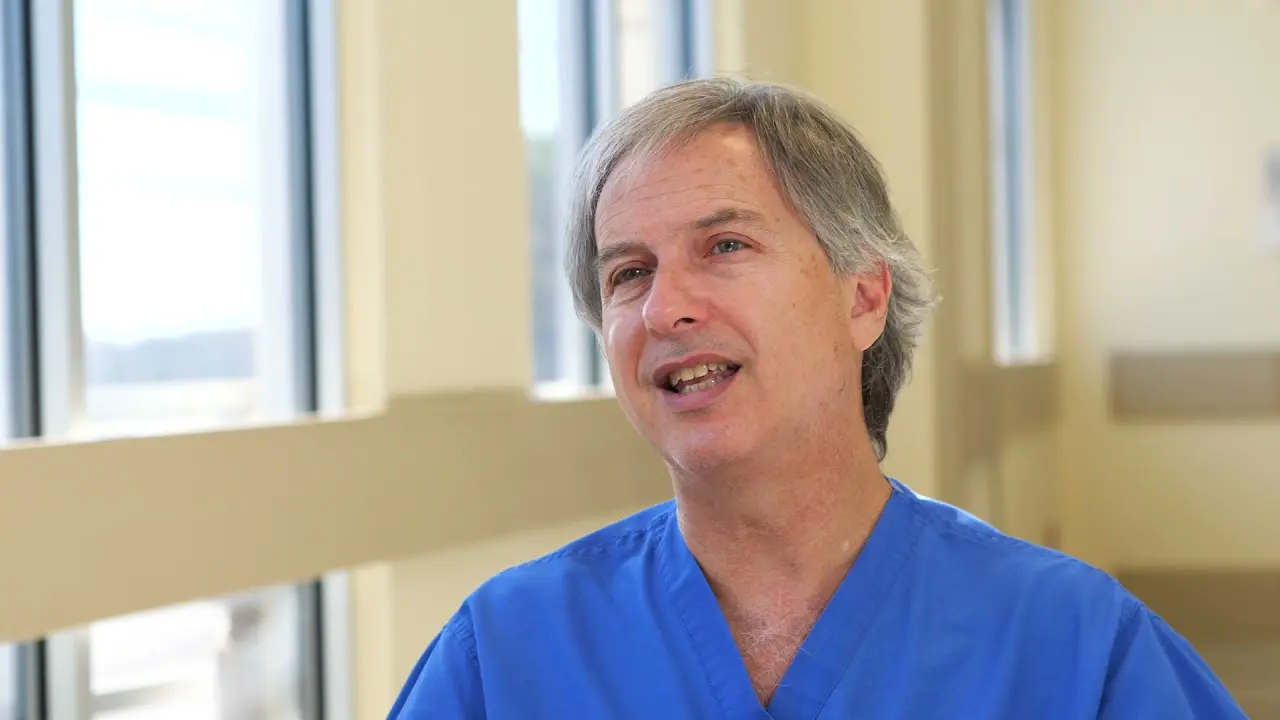
Diagnosis and surgery for endometrial polyps
HSGs or hysterosalpingograms are commonly performed to determine if the fallopian tubes are open. A dye is injected into the uterus and passes into the fallopian tubes. Therefore, an image of the uterus is obtained in addition to determining whether the tubes are open or obstructed. The image of the uterus could reveal abnormalities within the uterus. Typically, these abnormalities are polyps, fibroids, adhesions, and/or a uterine septum.
Another diagnostic test is a screening vaginal sonogram. When this is performed in the mid-portion of a cycle (around the time of ovulation), abnormalities of the endometrium may be discovered.
It may be necessary to remove the endometrial polyp to restore the uterus to normal.
The removal of these abnormalities is best performed by hysteroscopy, which involves using a small scope that is passed through the cervix into the intrauterine cavity so that the inside of the uterus can be visualized directly. An anesthetic is utilized to eliminate any discomfort from the procedure. With direct visualization, a polyp can be removed without disturbing the rest of the endometrium. Prior to hysteroscopy, the polyps were removed by “blind” D&C. A D&C involves scraping the entire lining of the uterus, expecting that the polyp was being removed with the procedure. A blind D&C should be avoided if possible because there is always a risk of creating scar tissue in the uterus from the procedure.
The hysteroscopic removal of an endometrial polyp is an outpatient procedure. It usually takes less than one hour to complete. Patients are asked to take off work the day of the surgery because of the anesthetic sedation. However, patients are able to return to work on the following day.













